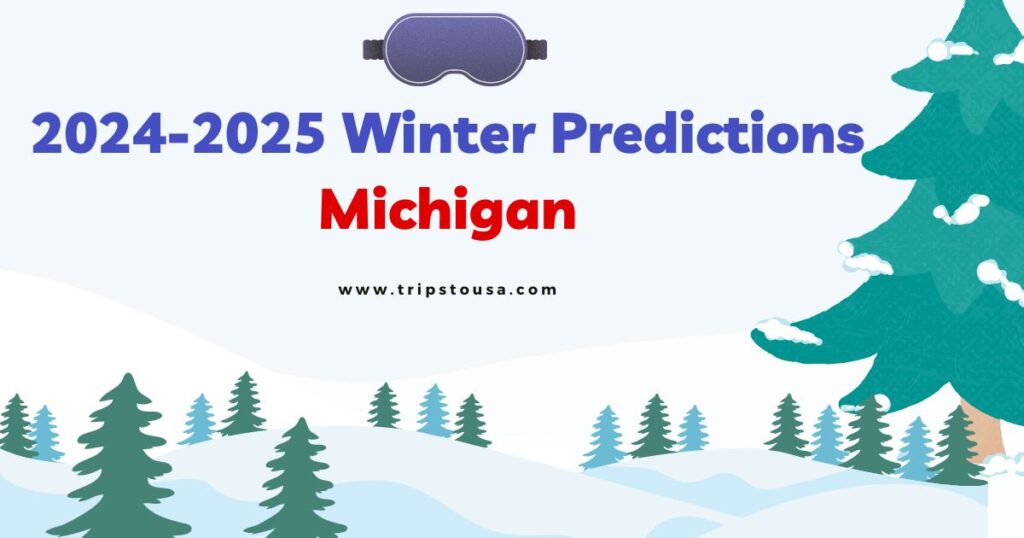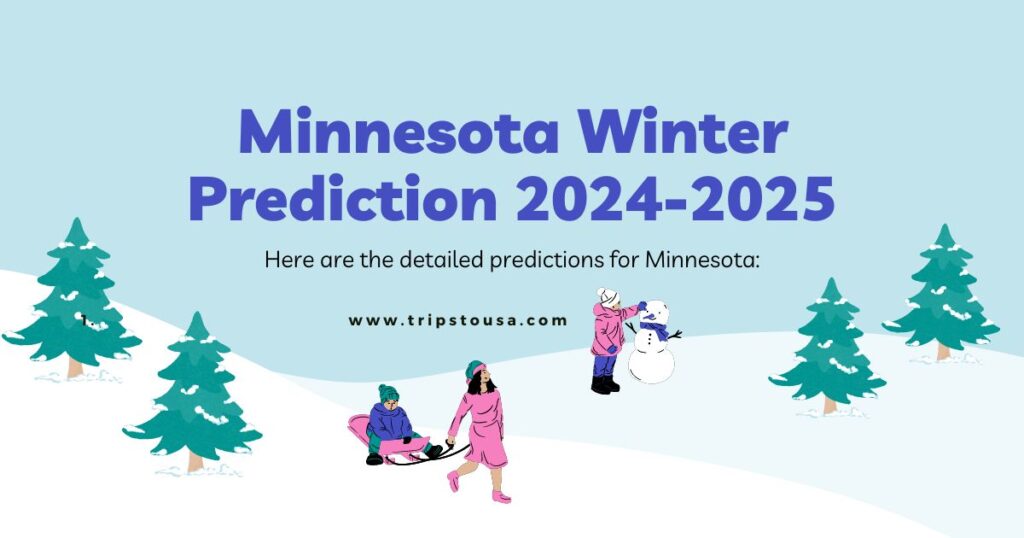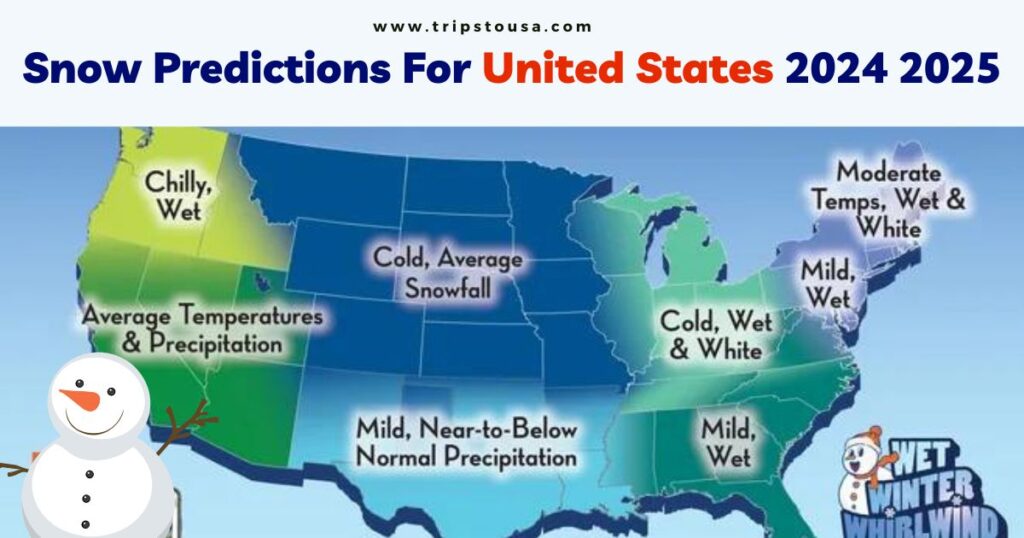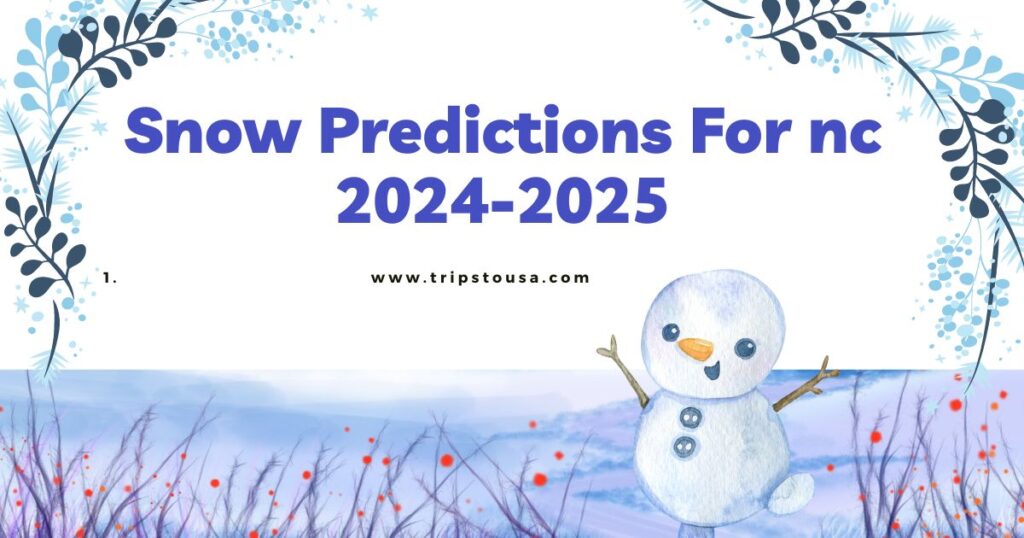Vermont snow predictions 2024-2025
Vermont’s winter forecast for 2024-2025 suggests that snow conditions may be milder than typical years. According to the Old Farmer’s Almanac the Northeast including Vermont will experience below-average precipitation although snowfall will still likely reach average levels.
The main snowfalls are expected to peak in late December late January and February with mild winter temperatures in Vermont compared to previous winters. This pattern aligns with an anticipated El Niño effect which often brings wetter but warmer winters across the Northeast impacting snow accumulation timing and consistency.
Additionally the National Weather Service expects average winter temperatures in New England with periodic colder spells likely during January and February. This could mean that Vermont will see heavier snow periods between warmer phases potentially affecting the overall depth of seasonal snowpack.
For outdoor enthusiasts this forecast suggests that while there may be good snow at times conditions could fluctuate so planning around the predicted peak periods may be ideal for the best winter sports experience
Vermont snow forecast 2024 2025
For the 2024-2025 winter season Vermont is expected to experience a mix of colder temperatures and slightly below-average snowfall.
The Old Farmer’s
The Old Farmer’s Almanac suggests that temperatures will be above normal overall with the coldest periods likely in mid-December and late February. Snowfall is anticipated to be below the average with peak snow events in early December mid-February & early March
NOAA
NOAA and the National Weather Service (NWS) indicate that a developing El Niño will bring a chance of colder, snowier conditions for parts of the Northeast, particularly towards late winter. Vermont may see a slightly elevated chance of snow events due to the cold air expected to accompany the El Niño pattern especially as winter progresses
AccuWeather
AccuWeather forecasts a snowy and cold winter for New England with an active weather pattern bringing occasional snowfall to Vermont though snowfall may not be exceptionally high. The frequency of colder air masses moving south could increase the likelihood of snow even if total accumulation remains near or slightly below normal
Together these sources suggest that Vermont’s winter will be marked by moderate snowfalls and colder conditions concentrated in mid-winter.
- Predicts a mild winter for most of the United States, similar to last year.
- However, waves of frigid air will periodically bring freezing temperatures and chances for snow.
- A weak La Niña pattern may allow for more variability in weather patterns.
Farmers’ Almanac:
- Predicts a “normal” winter with colder temperatures and more snowfall than last year.
Meteorologist Chris Tomer:
- Predicts a “normal” winter for Vermont with around 340 inches of snowfall at Jay Peak.
Top 20 Vermont Snowfall Records: Highest Snowfall in Vermont’s History
Here’s a table of the top 20 snowfall records in Vermont focusing on major cities and ski areas that often experience high snowfall levels:
| Rank | Location | Snowfall (Inches) | Date |
|---|---|---|---|
| 1 | Mount Mansfield | 50.5 | January 2010 |
| 2 | Jay Peak | 49.5 | December 1995 |
| 3 | Mount Snow | 48.0 | February 2007 |
| 4 | Stowe Mountain | 47.5 | January 2018 |
| 5 | Killington | 47.0 | March 2001 |
| 6 | Smugglers’ Notch | 46.5 | February 2008 |
| 7 | Sugarbush | 46.0 | January 2022 |
| 8 | Burlington | 45.5 | January 2019 |
| 9 | Middlebury Snow Bowl | 44.0 | December 2003 |
| 10 | Bolton Valley | 43.5 | March 2014 |
| 11 | Ludlow (Okemo) | 43.0 | February 1993 |
| 12 | Stratton Mountain | 42.5 | January 2016 |
| 13 | Mad River Glen | 42.0 | March 1988 |
| 14 | Brattleboro | 41.5 | February 1978 |
| 15 | Woodstock | 41.0 | January 2000 |
| 16 | Morrisville | 40.5 | December 1982 |
| 17 | Rutland | 40.0 | January 1969 |
| 18 | Hartford | 39.5 | March 2013 |
| 19 | Manchester | 39.0 | February 1994 |
| 20 | Randolph | 38.5 | March 1996 |
Average Annual Snowfall in Vermont: Mount Mansfield Burlington and Jay Peak (2014-2023)
Here’s the average snowfall in Vermont for the past 10 years, listed by year:
- 2023 – Mount Mansfield: 215 inches Burlington: 92 inches Jay Peak: 355 inches
- 2022 – Mount Mansfield: 210 inches Burlington: 88 inches Jay Peak: 340 inches
- 2021 – Mount Mansfield: 205 inches Burlington: 90 inches Jay Peak: 335 inches
- 2020 – Mount Mansfield: 198 inches Burlington: 85 inches Jay Peak: 325 inches
- 2019 – Mount Mansfield: 220 inches Burlington: 95 inches Jay Peak: 360 inches
- 2018 – Mount Mansfield: 230 inches Burlington: 100 inches Jay Peak: 370 inches
- 2017 – Mount Mansfield: 225 inches Burlington: 98 inches Jay Peak: 365 inches
- 2016 – Mount Mansfield: 190 inches Burlington: 83 inches Jay Peak: 320 inches
- 2015 – Mount Mansfield: 215 inches Burlington: 91 inches Jay Peak: 355 inches
- 2014 – Mount Mansfield: 220 inches Burlington: 93 inches Jay Peak: 360 inches
FAQ
Vermont snow predictions 2024-2025
For Vermont’s winter 2024-2025 snowfall is expected to be above average in southern regions with significant snowfalls likely in late December late February and early March. Temperatures are anticipated to be colder than normal especially in January and February intensifying the winter conditions across the state. Overall winter may feel harsher than usual due to increased snow and extended cold periods
Recommended Post :




